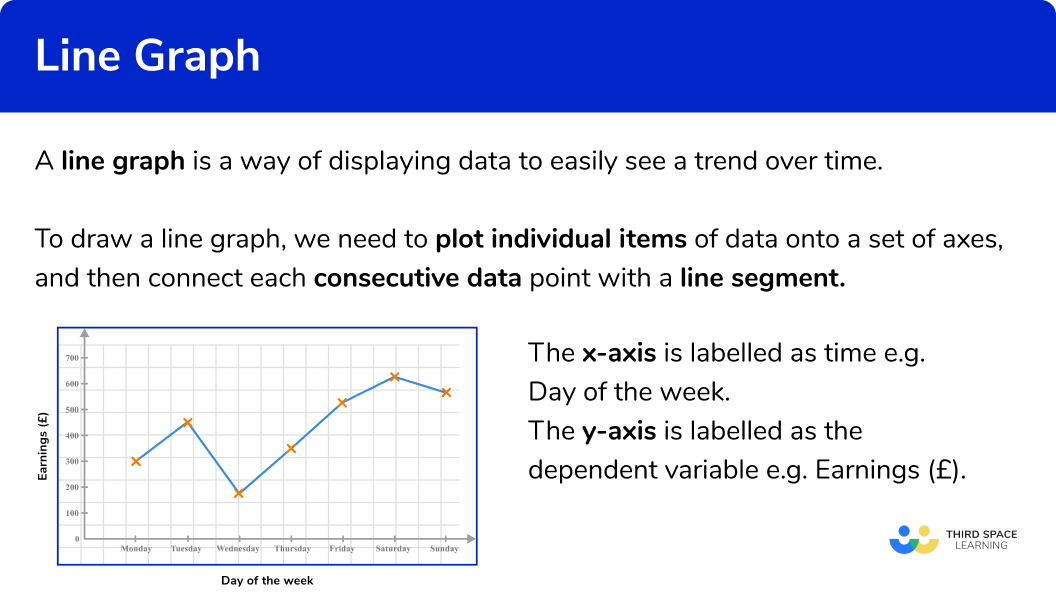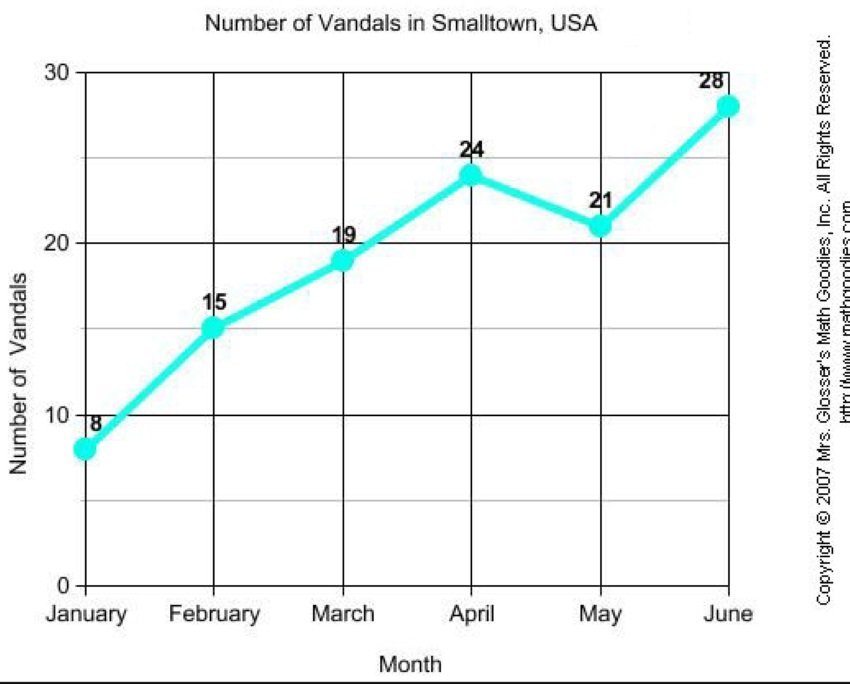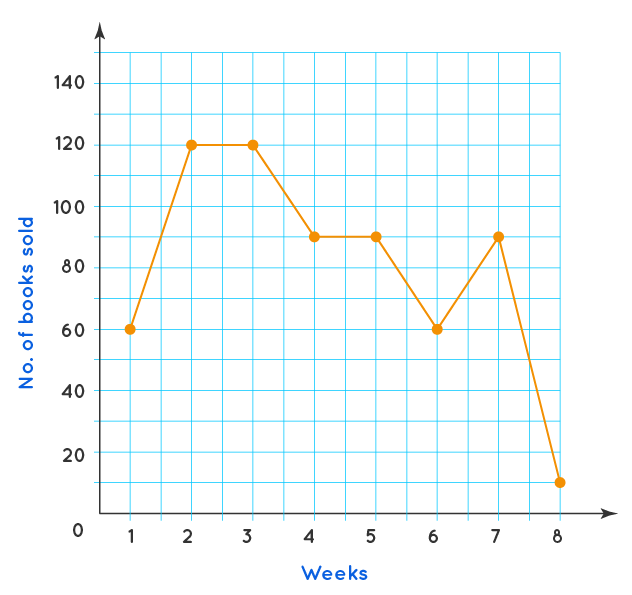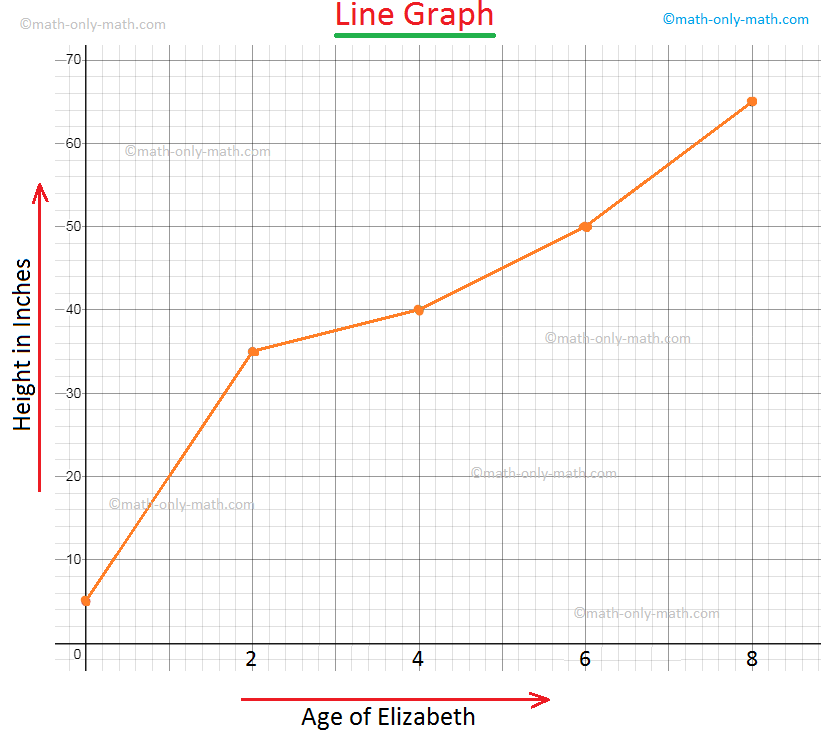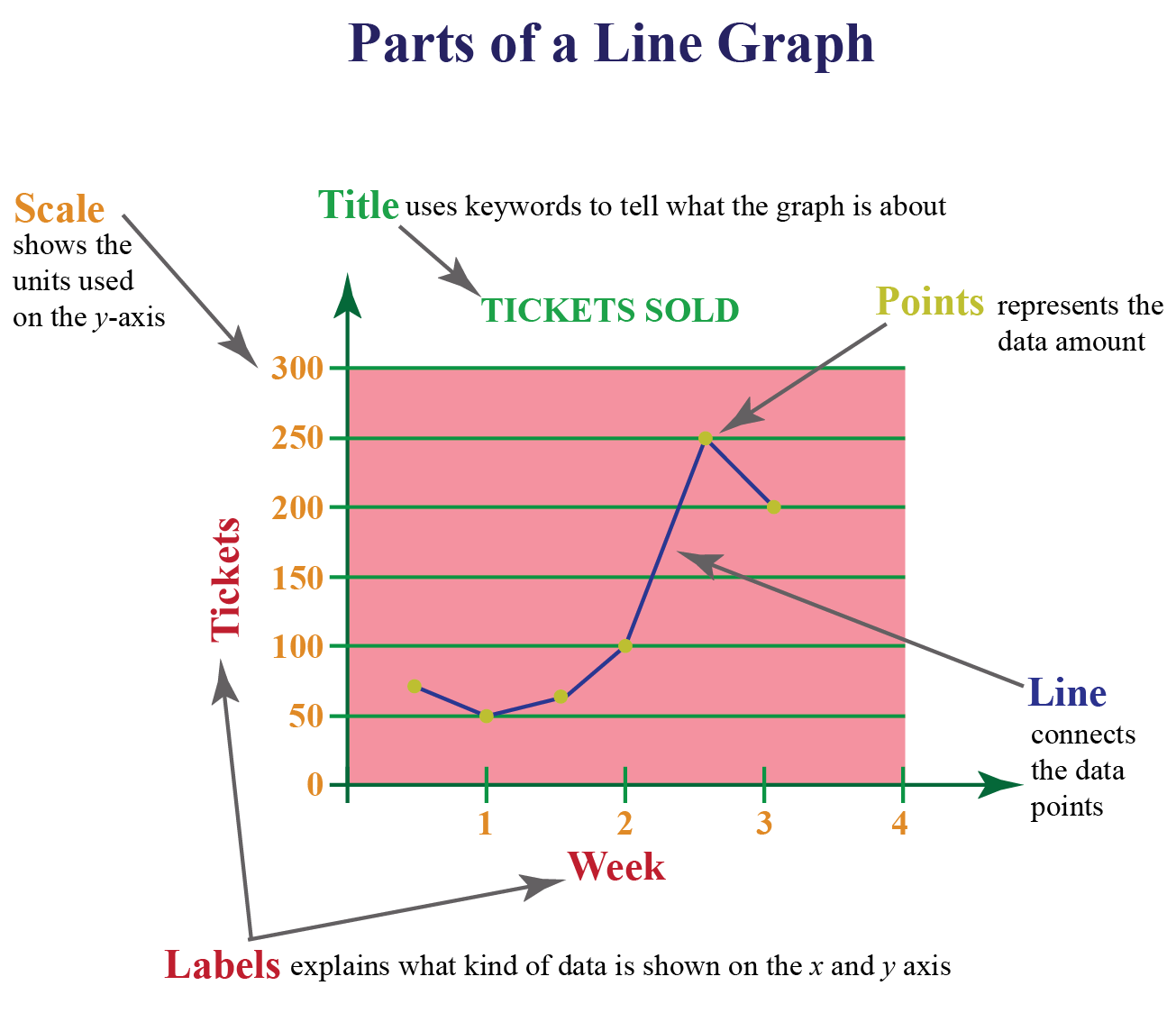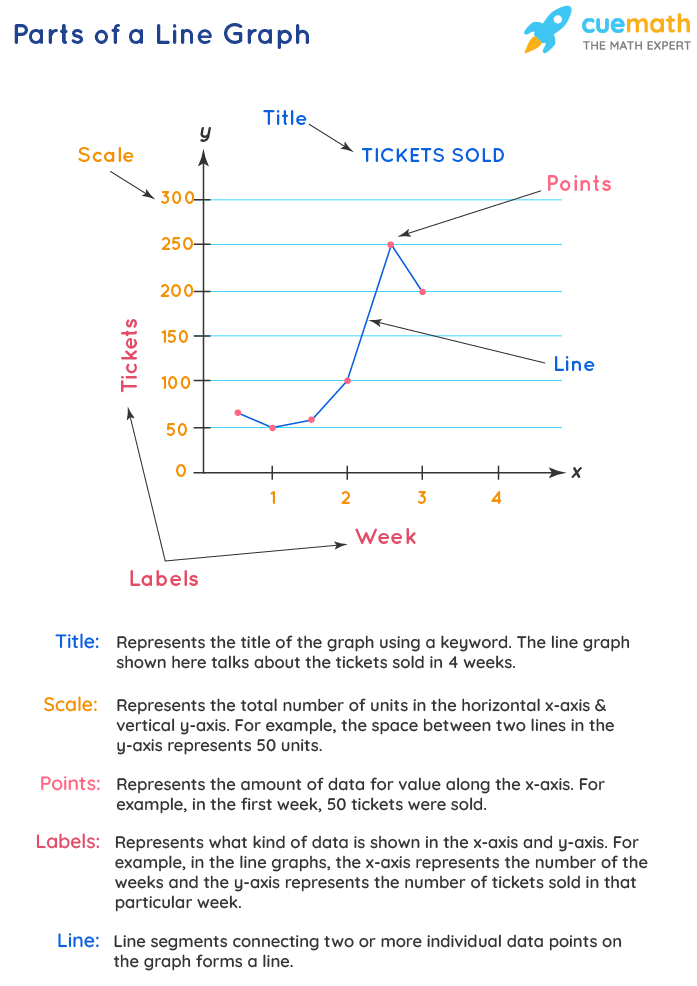First Class Tips About What Makes A Good Line Graph Horizontal Stacked Bar Chart Tableau
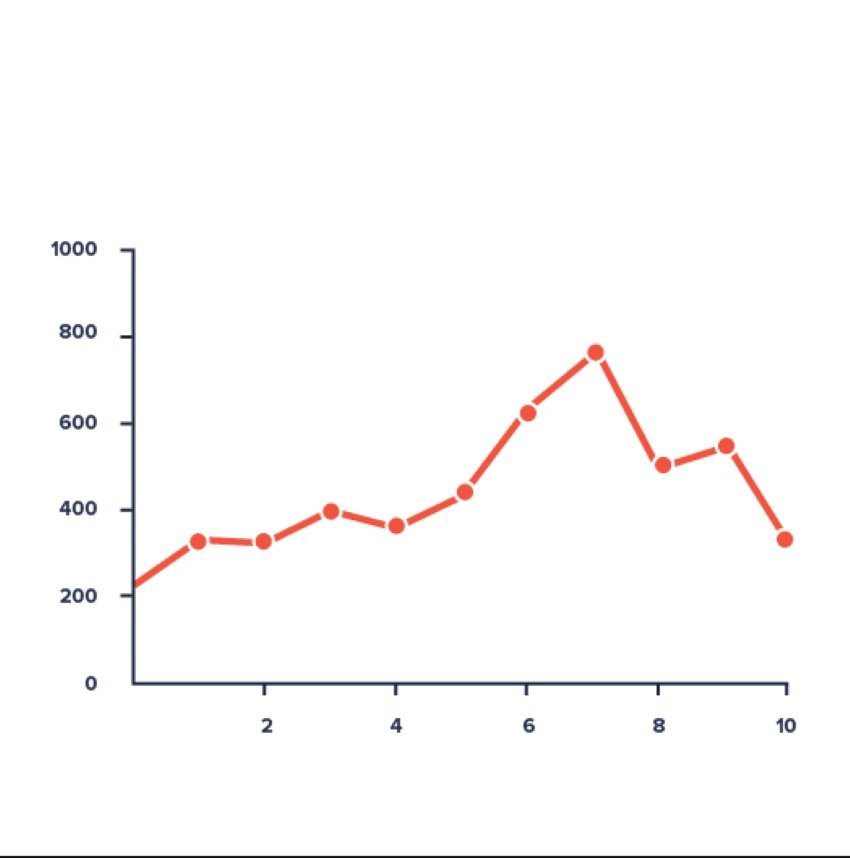
Increase font sizes so they are easy to read.
What makes a good line graph. Add icons or illustrations from our library. A line chart is a graphical representation of data that helps in depicting the highs and lows of a quantity. It’s hard to mess them up and your readers can quickly decipher them.
A line chart graphically represents an asset's price over time by connecting a series of data points with a line. Comparing lots of data all at once. For example, the price of different flavours of chocolates varies, which we can represent with the help of this graph.
A line graph is a type of graph used to spot. You can also add explanatory text that directs the audience to a particular place in the graph where the message is shown. Why crowd your chart if you want to show a trend?
Make your line chart stand out by highlighting important data points. A line chart or line graph is a type of chart which displays information as a series of data points called ‘markers’ connected by straight line segments. Displaying forecast data and uncertainty.
Select a graph or diagram template. To estimate quantities, the reader needs to understand the scale used to represent quantity on the graph. This is the most basic type of chart used in finance, and it typically only.
Change the colors, fonts, background and more. A line graph should be used when the independent and dependent variables are. Highlighting anomalies within and across data.
How to create a graph in 5 easy steps. When to use line charts. It is often used to identify and interpret trends, patterns, and relationships in continuous data.
A line graph is a unique graph which is commonly used in statistics. A line chart—also called a line graph—is a visual representation of numeric or quantitative data that shows the relationship between two variables. A bar chart should be used if the independent variable is.
A line graph connects individual data points that, typically, display quantitative values over a specified time interval. Line charts are also known as line plots. Since that’s something that’s often useful, line charts are a classic in the chart world.
Name each axis with what it represents and don’t forget to identify its numeric values. If your trying to show the actual values of the data point, tables are a much better option. Line charts are great to show how your data developed over time.

:max_bytes(150000):strip_icc()/Clipboard01-e492dc63bb794908b0262b0914b6d64c.jpg)

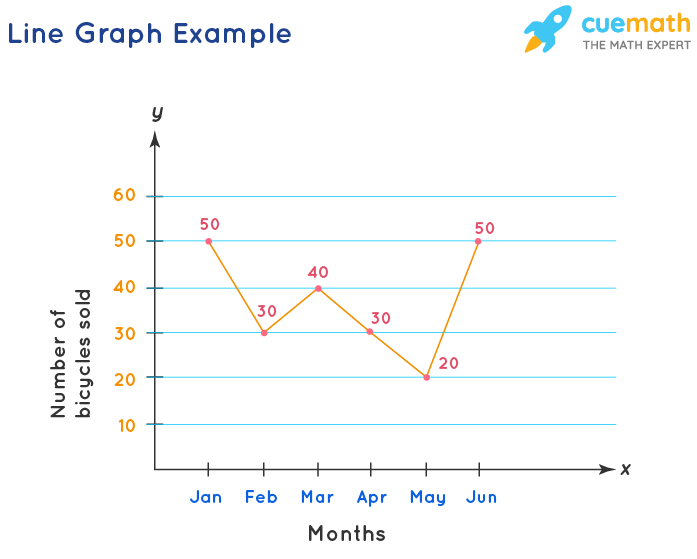
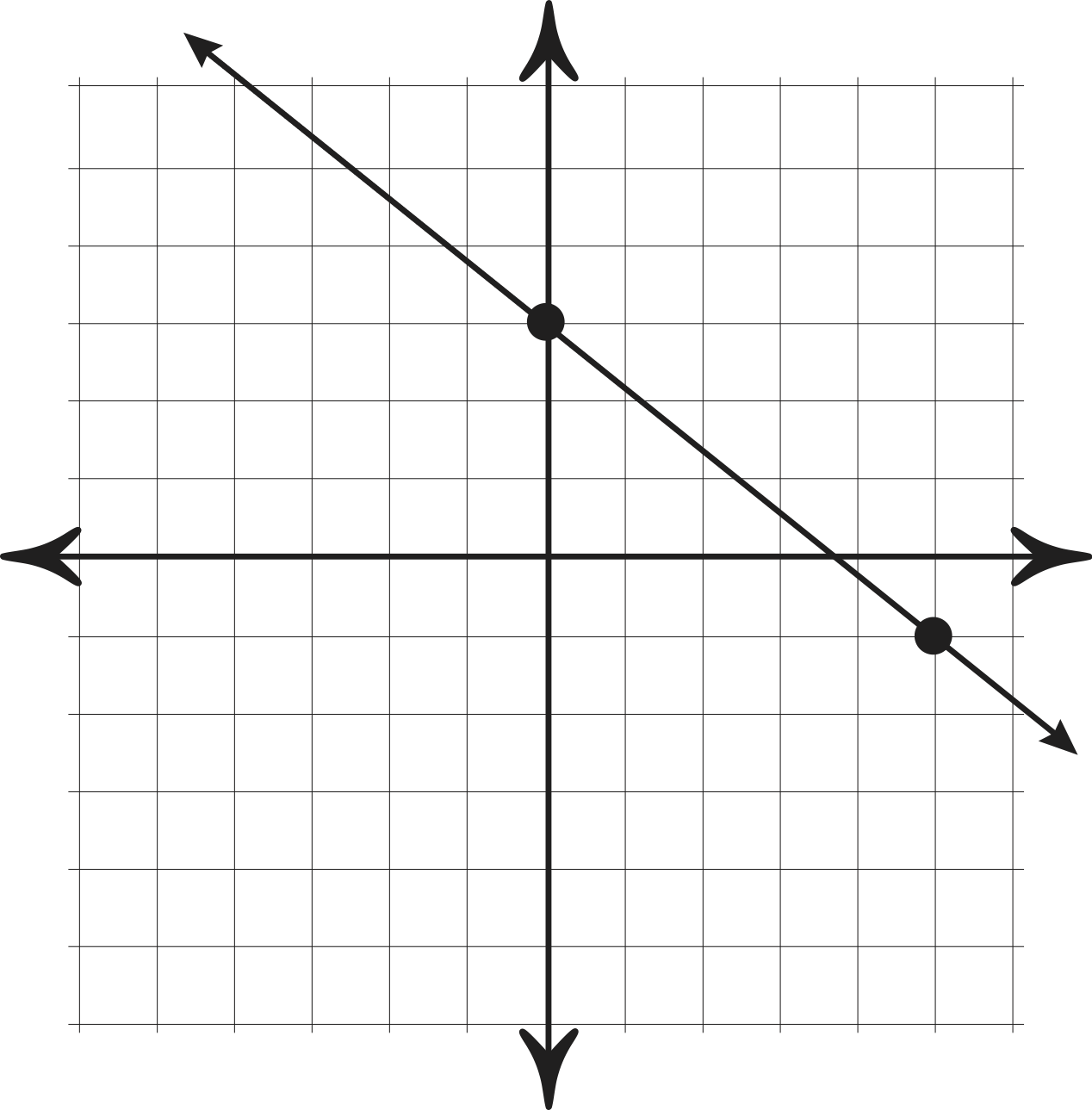

![3 Types of Line Graph/Chart + [Examples & Excel Tutorial]](https://storage.googleapis.com/fplsblog/1/2020/04/line-graph.png)
